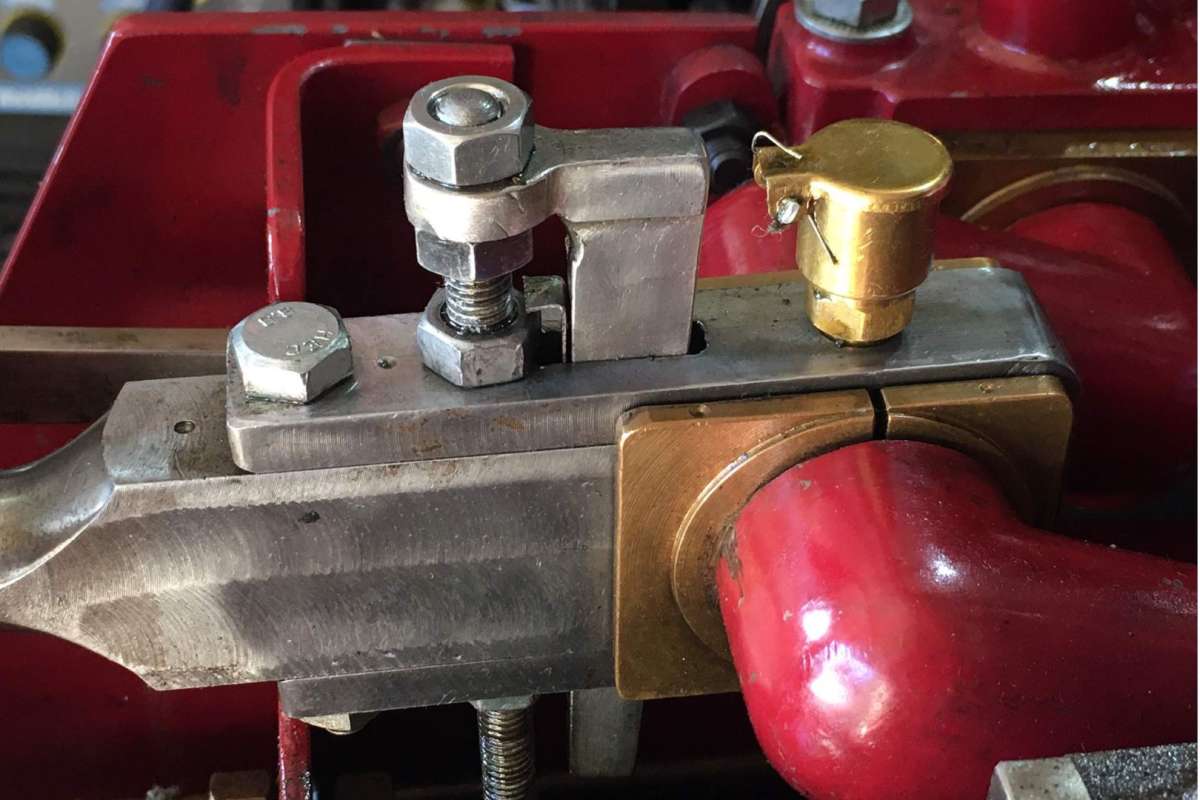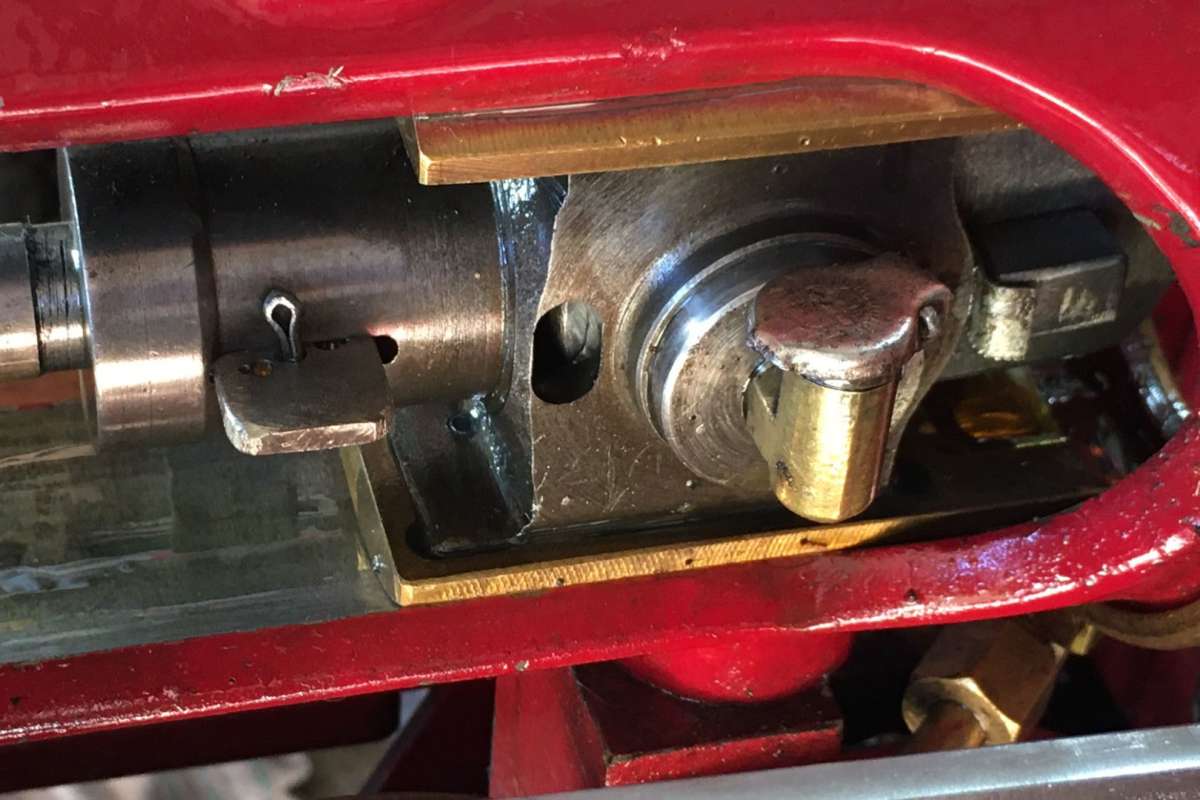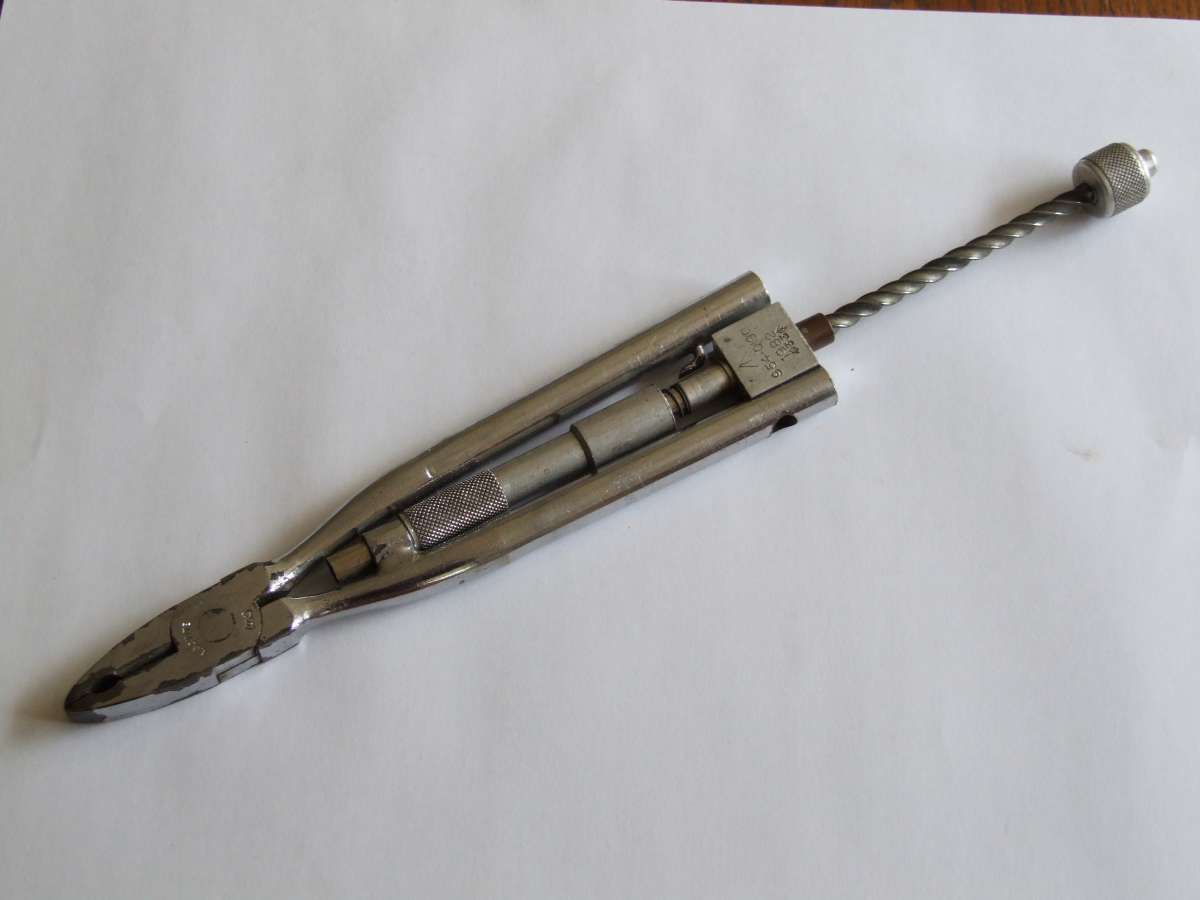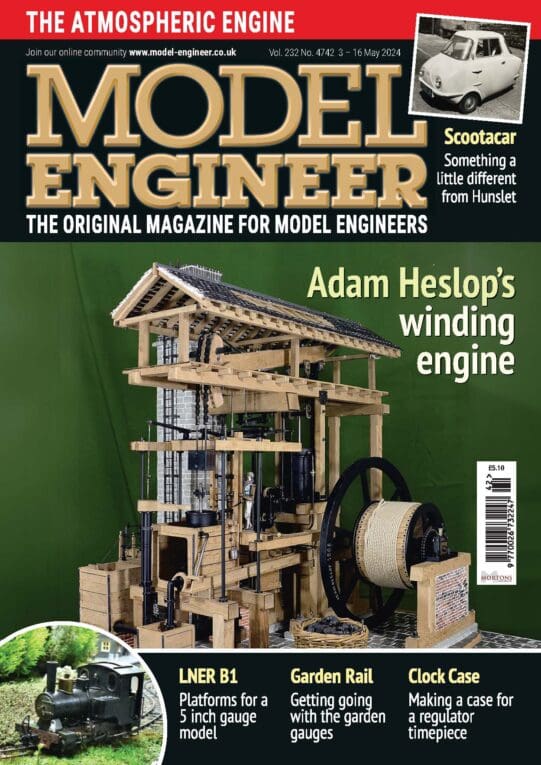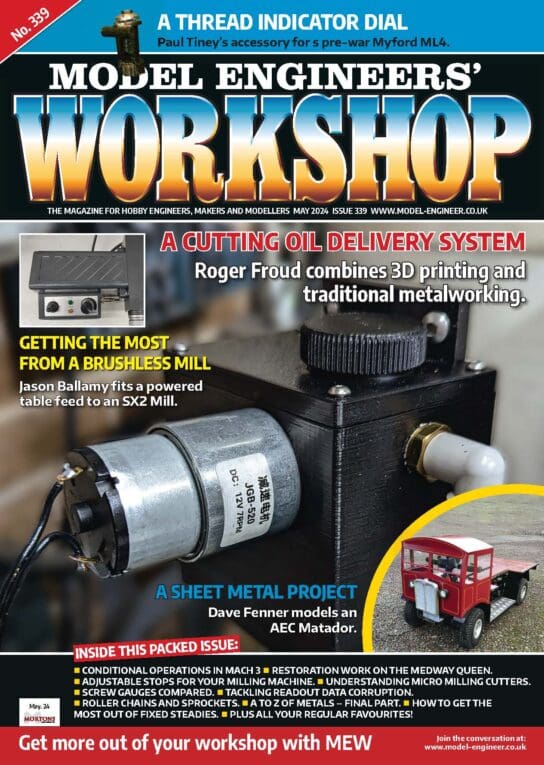Is it good practice to nut up taper pin?
Is it good practice to nut up taper pin?
- This topic has 17 replies, 15 voices, and was last updated 26 April 2024 at 12:47 by
Nigel McBurney 1.
Viewing 18 posts - 1 through 18 (of 18 total)
Viewing 18 posts - 1 through 18 (of 18 total)
- Please log in to reply to this topic. Registering is free and easy using the links on the menu at the top of this page.
Latest Replies
Viewing 25 topics - 1 through 25 (of 25 total)
-
- Topic
- Voices
- Last Post
Viewing 25 topics - 1 through 25 (of 25 total)


